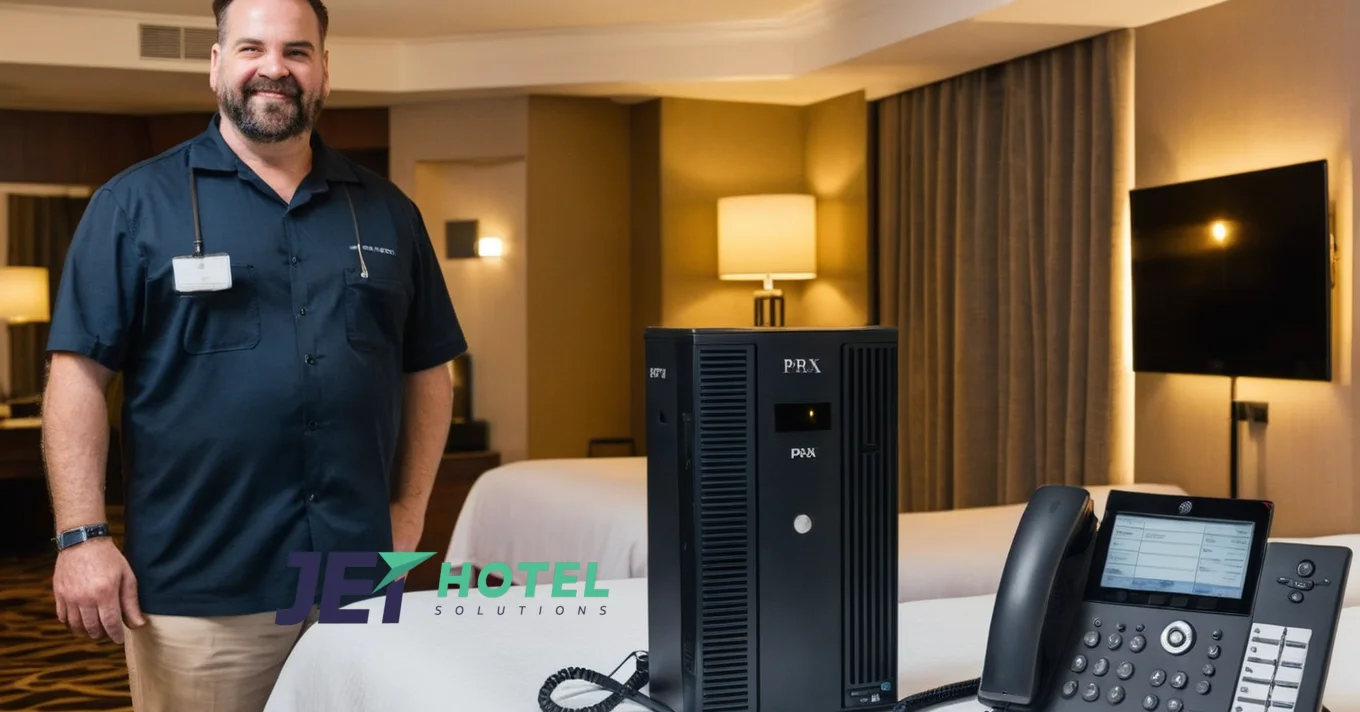If you manage business communications, buzzwords like SIP, VoIP, and PBX probably pepper your vocabulary. Behind the jargon, how exactly do essential modern technologies like session initiation protocol (SIP) trunking and voice over IP (VoIP) intersect to upgrade call connectivity? Let’s decode the relationship driving internet-based voice progression.
SIP trunking builds on VoIP’s foundation to amplify functionality for robust business calling solutions. VoIP concentrates purely on digitizing voice interactions. SIP expands possibilities by handling multimedia like video and messaging over internet protocol. Together, they pave the way to upgrade rigid legacy phone systems.
VoIP: The Gateway to Digital Calls
Before SIP trunking enters the chat, let’s explore the precursor innovation that set the stage: VoIP. Short for “voice over internet protocol,” VoIP transfers phone calls via broadband internet instead of old-fashioned landline infrastructure. Just like sending web traffic or email, digitally encoded voice data relays between locations packed in IP data packets rather than by fluctuating electric signals along copper wires.
VoIP appealed as early consumer offerings like Skype first demonstrated digitizing voice. But business interest accelerated as VoIP quality and reliability improved in the 2000s. The lure? Slashing telephony costs by up to 40% over conventional phone bills. Now VoIP often underlays modern PBX systems integrating internal employee extensions and external call services
.
Introducing SIP Trunking
Here’s where SIP enters to provide immense value. Acting as connective tissue, SIP—or session initiation protocol—facilitates the administrative tasks crucial for directing multimedia communications over IP networks.
In essence, SIP sets up “sessions” instructing where transmitted data begins and ends up. It’s likened to a digital switchboard operator, validating user identities so connections channel to the proper places. SIP also negotiates communication parameters so diverse devices and networks interoperate smoothly.
SIP Trunk Basics
Specifically, a SIP trunk replaces what used to be delivered physically by a phone company: the capacity to handle multiple external calls simultaneously via channels. Traditional phones used costly dedicated lines for each call path. SIP trunking multiplexes many calls virtually.
For instance, a small business may only need 10 people making external calls concurrently. A configured SIP trunk allotting 10 channels covers that adequately for far less than 10 separate lines. Call data smoothly funnels between the corporate local area network (LAN) and public exchanges.
Why SIP + VoIP Rules for Business
VoIP satisfied the imperative first push to digitize voice. But SIP trunking built on VoIP foundations now dominates as the foremost option to connect business sites and users. What unique advantages emerge from overlaying SIP capabilities?
Cost – No physical infrastructure lowers expenses substantially over legacy telephony. Software powers everything very affordably. Agility – Software also makes scaling or adapting communications far simpler than hardware retooling. Add capacity like channels instantly via software. Resiliency – Pure IP communications centralize control but avoid total dependency on local resources vulnerable to outages. Features – Unified communications mash up convenient capabilities like SMS, video meetings, call forwarding/transfers, all accessed consistently from many devices.

Choosing SIP Solutions Simplified
Historically, stitching discrete carriers and components together to enable SIP proved daunting…and doubly frustrating to manage long-term. However, revolutionary unified services like Aircall now shoulder that complexity completely so you simply utilize flexible features.
Specialist providers own infrastructure but expose it through intuitive online dashboards and handy mobile apps. You skip upfront investments and forgot hardware crises as communications evolve in the cloud. Welcome simplicity!
SIP + VoIP: Better Together!
Like dynamic duos throughout history, SIP trunking supercharged VoIP advancements take center stage. SIP eliminated the complications of legacy telephony by streamlining setup and administration digitally. Rich combined capabilities empower organizations to communicate limitlessly but without limits. This power pair drives functionality into the future hand-in-hand!
